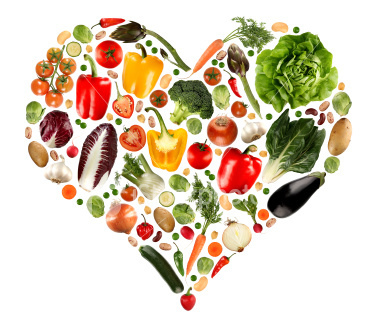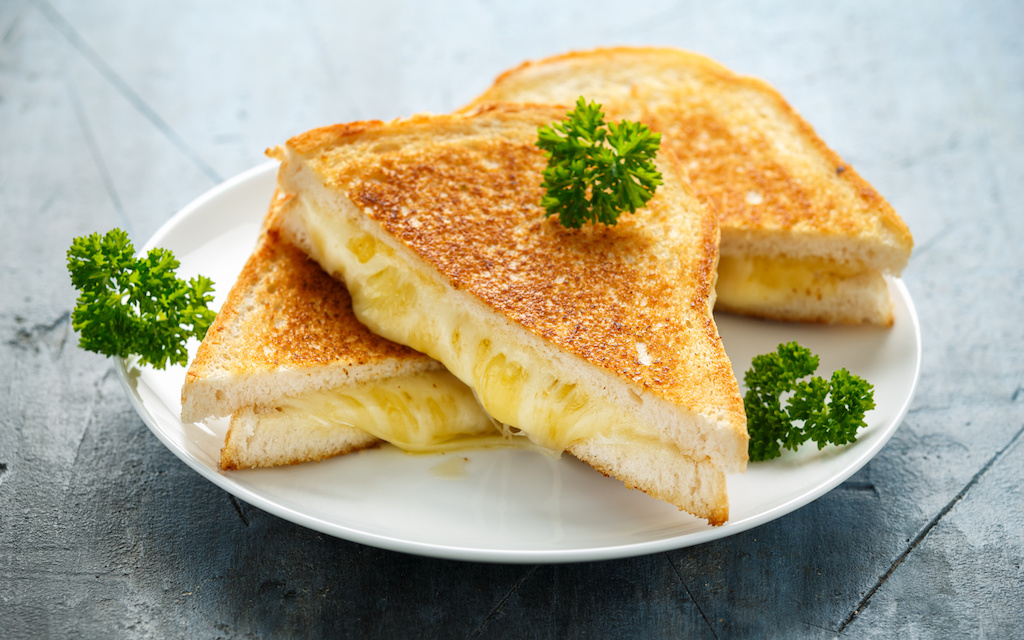
A big misconception is that eating healthy burns holes in our pockets. If you know what to look for and how to shop, this misconception can be put to rest. I get it, the price of soda pop and a bag of chips in comparison to buying milk and fresh fruits and vegetables seems to have a dramatic difference in dollars. However, when it comes to your health and how these foods will overall make you feel there is also a very dramatic difference.
Buy in Season Produce
Fresh fruits and vegetables can often add up on the receipt very quickly. Here’s a tip: buy in season in order to save money. Buying in season means that you won’t be paying for shipment costs and the overall carbon footprint of the food item. Plus, in season foods are usually higher in nutrition density.
Fall and Winter
Items in season in the colder months may consist of apples, bananas, cabbage, carrots, kale, pumpkins, squash, potatoes, grapefruit, sweet potatoes, pears, collard greens, etc.
Spring and Summer
Items in season in the warmer months l may consist of berries, bell peppers, melon, cherries, dark leafy greens, tomatoes, peaches, plums, etc.
Don’t Forget the Freezer
If certain food items are not accessible during a certain season or too overpriced, the freezer section is also a good option to find many different frozen fruits or vegetables. Another great tip when purchasing fruits and vegetables from the freezer section is to choose the items with no added salt, butter, or extra additives. More often than not, the grocery store brand is cheaper than the name brand item. If you compare the label of the store brand to the name brand of a package it is usually containing the exact same items in each package. So what’s the sense of paying extra money for a name brand if the same exact product is inside?
Purchasing certain items in a larger quantity or bulk can also be a smart choice for your wallet. A unit price on a pricing label will tell you how much that item costs per pound, ounce, or quart. For example a container of 32 oz. yogurt costs $1.62 for the container, and the unit cost is 5 cents per ounce. A 6 oz. yogurt container costs $0.72, and the unit cost is 12 cents per ounce. From this comparison you can tell that with the 32 oz. yogurt, you will be getting more product for your money.
Use those Coupons
Another useful tip for shopping on a budget is clipping coupons and using grocery store advantage cards. It seems cliché I know, but these two simple tips can really save you money each week on groceries.
Just to prove that these tips really do work, I made a trip to my local grocery store. I priced a 10 oz. bag of potato chips at $2.88 while a 5 lb. bag of Idaho potatoes was $2.50. A bag of potato chips is processed, fried, and has barely any nutritional value. Whereas a bag of actual potatoes contains 7g of fiber, 7.5g of protein, 46% of the %DV of vitamin B6, and 1,600mg of potassium in each medium size root. So remember that healthy eating is not out of your budget and to invest wisely in your health.
References
Sanguinie. Ist2_6148437-i-love-healthy-eating. Digital image. Flickr. N.p., 20 Feb. 2010. Web. 17 Sept. 2014. .










